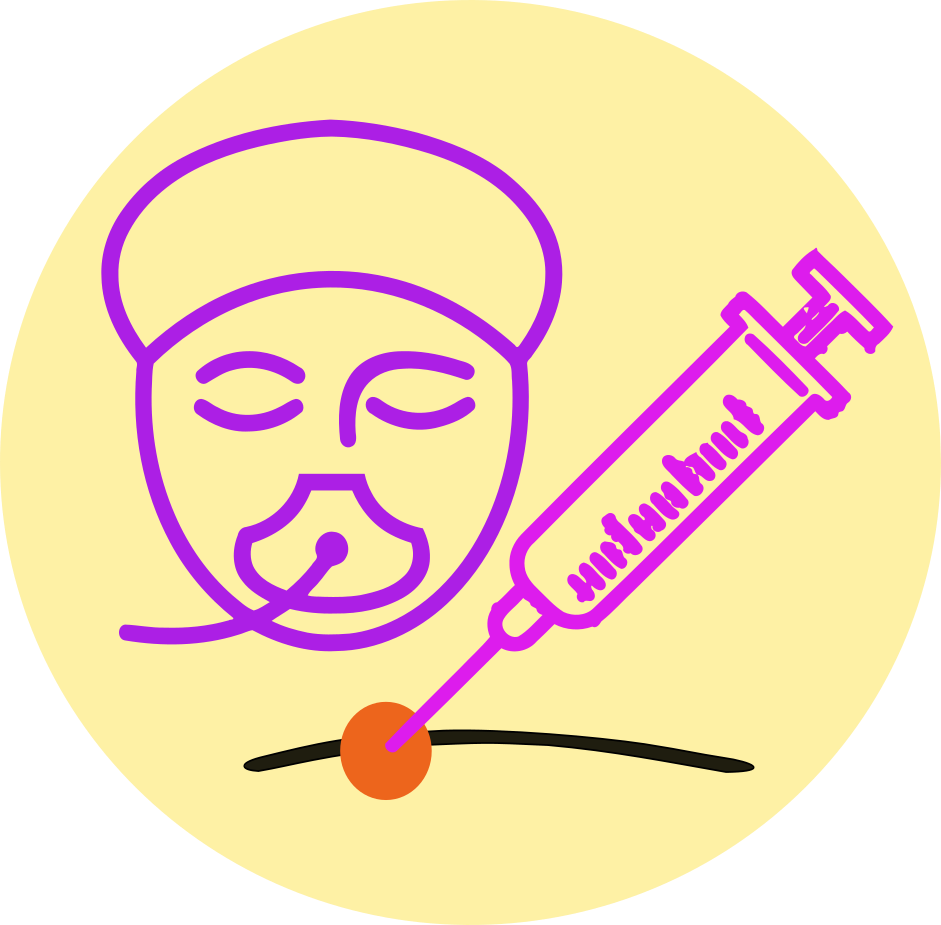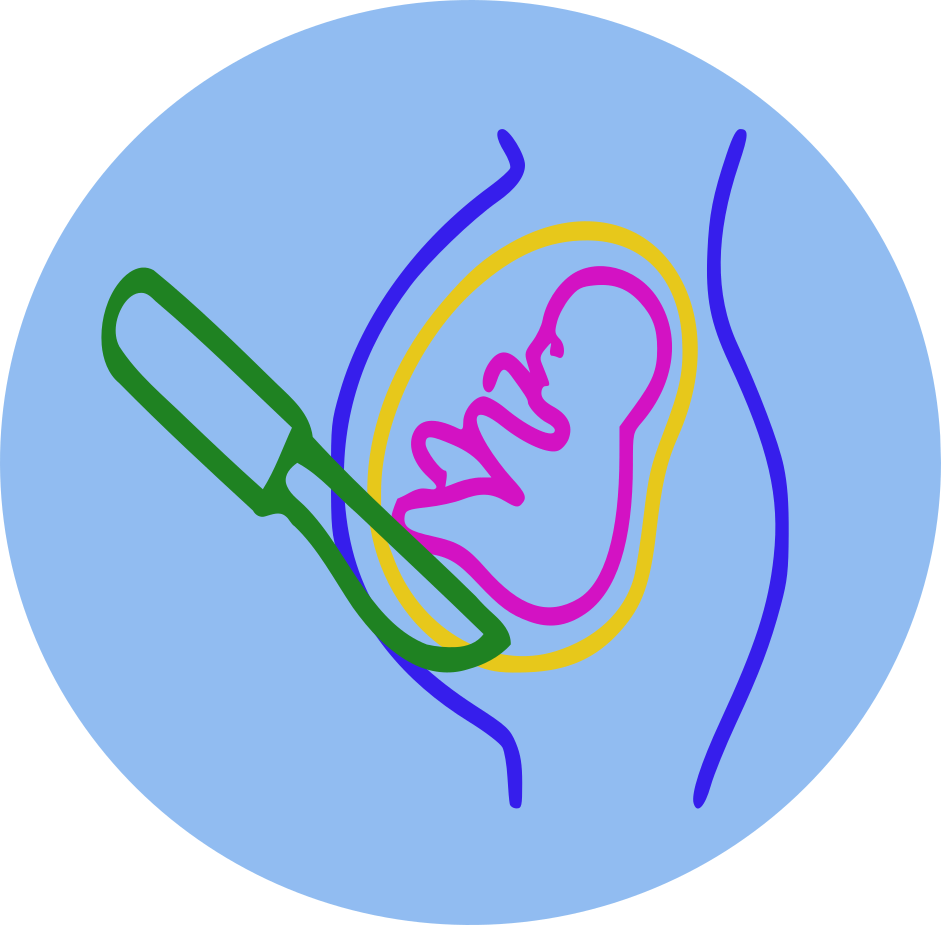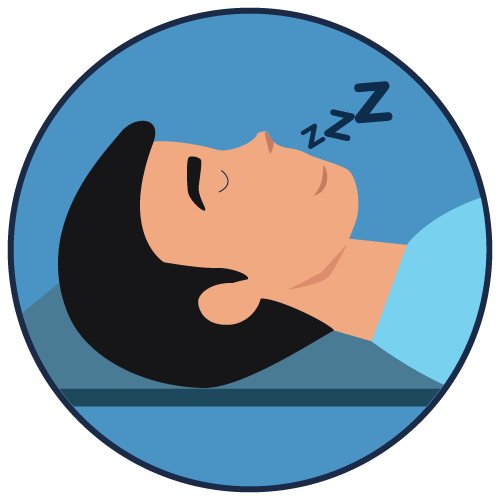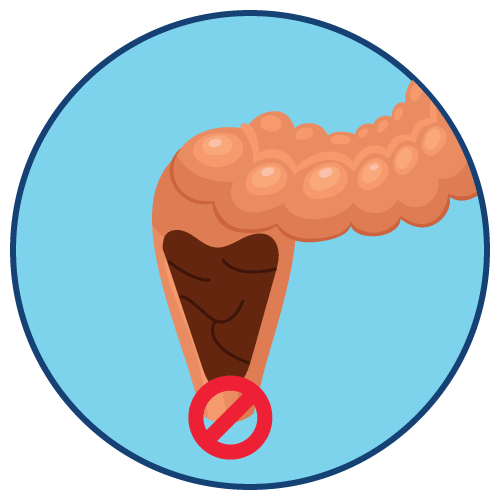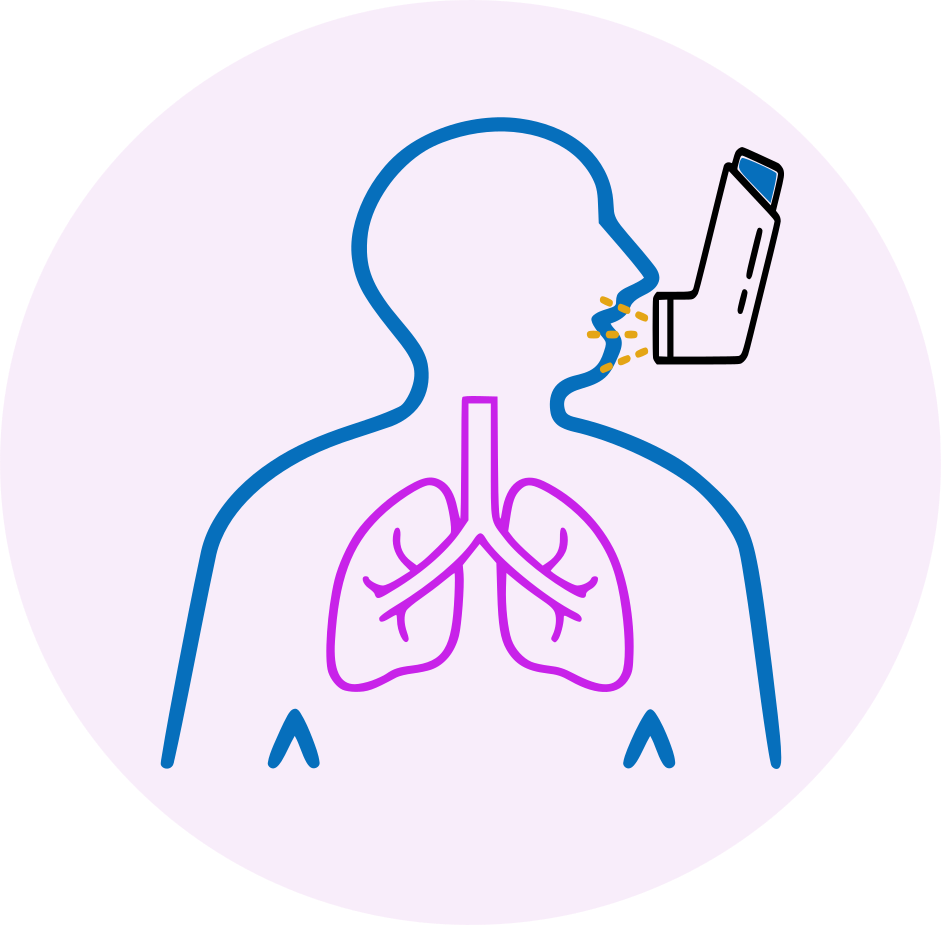| Name | Pethidine Hydrochloride |
| Classes |
Analgesic / Pain Killer Central Nervous System Agent Narcotic/Opioid Analgesic |
| Diseases |
CNS Disorder Pain |
Pethidine Hydrochloride
Pethidine hydrochloride is classified as an opioid analgesic. Pethidine hydrochloride acts on the central nervous system by binding to specific opioid receptors. It inhibits the transmission of pain signals and alters the perception of pain. Additionally, pethidine has a local anesthetic effect on smooth muscle.
Pethidine HCl Injection is indicated for preoperative medication, support of anesthesia, obstetrical analgesia, and for the management of pain severe enough to require an opioid analgesic and for which alternative treatments are inadequate.
Limitations of Use:
Because of the risks of addiction, abuse, and misuse with opioids, even at recommended doses, reserve DEMEROL Injection for use in patients for whom alternative treatment options [e.g., non-opioid analgesics or opioid combination products]:
- Have not been tolerated, or are not expected to be tolerated
- Have not provided adequate analgesia, or are not expected to provide adequate analgesia
Utilize the smallest effective dose for the briefest duration in alignment with the specific treatment objectives for each patient. Tailor the dosage based on factors including the intensity of pain, individual response, past analgesic history, and considerations related to the risk of addiction, abuse, and misuse.
For Pain Relief:
- Adults: Administer 50 mg to 150 mg intramuscularly or subcutaneously every 3 to 4 hours.
- Children: Administer 0.5 mg/lb to 0.8 mg/lb intramuscularly or subcutaneously, up to the adult dose, every 3 to 4 hours.
Preoperative Medication:
- Adults: Administer 50 mg to 150 mg intramuscularly or subcutaneously 30 to 90 minutes before the initiation of anesthesia.
- Children: Administer 0.5 mg/lb to 1 mg/lb intramuscularly or subcutaneously, up to the adult dose, 30 to 90 minutes before the initiation of anesthesia.
Obstetrical Analgesia:
- Administer 50 mg to 100 mg intramuscularly or subcutaneously; repeat at intervals of 1 to 3 hours.
It is imperative not to abruptly discontinue Pethidine HCl Injection in a patient who is physically dependent.
Following side effects are associated with Pethidine HCl:
- Sedation
- Nausea
- Vomiting
- Constipation
- Dizziness
- Euphoria
- Drowsiness
- Headache
- Dry mouth
- Respiratory depression
- Life-Threatening Respiratory Depression in Patients with Chronic Pulmonary Disease or in Elderly, Cachectic, or Debilitated Patients: Monitor closely, particularly during initiation and titration.
- Serotonin Syndrome: Potentially life-threatening condition could result from concomitant serotonergic drug administration. Discontinue Pethidine HCl Injection if serotonin syndrome is suspected.
- Adrenal Insufficiency: If diagnosed, treat with physiologic replacement of corticosteroids, and wean patient off of the opioid.
- Severe Hypotension: Monitor during dosage initiation and titration. Avoid use of Pethidine HCl Injection in patients with circulatory shock.
- Risks of Use in Patients with Increased Intracranial Pressure, Brain Tumors, Head Injury, or Impaired Consciousness: Monitor for sedation and respiratory depression. Avoid use of Pethidine HCl Injection in patients with impaired consciousness or coma.
Contraindication
Hypersensitivity to pethidine or to any other ingredients of the product.
None known.
Pethidine HCl is contraindicated in patients with-
- Significant respiratory depression.
- Acute or severe bronchial asthma in an unmonitored setting or in absence of resuscitative equipment.
- Known or suspected gastrointestinal obstruction, including paralytic ileus.
 Bangla
Bangla English
English